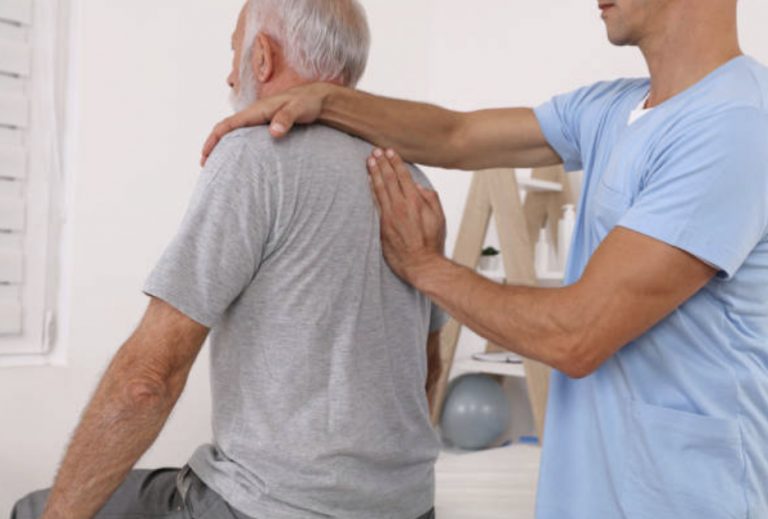What is a Degenerative Spine Condition
Degenerative changes in the spine occur in all people as they age. However, there is a wide range of degenerative spine symptoms that can develop. Age-related degenerative changes in the spine typically begin with loss of water, both to the rubbery discs located between the spinal vertebrae and to the facet joints that link them together.
By having a better understanding of the causes and treatment options of these degenerative spine symptoms, you can be a more informed patient who is more engaged with the care you receive. In addition to working with your doctor to develop a treatment plan, you can also contact the caring and dedicated team at BEST Health System to learn more about your condition and the treatment options we offer.
Degenerative Spine Conditions
The spinal discs can start to weaken and degenerate as they undergo years of daily movement and are compressed by the vertebrae. The compression can cause the inner disc material to expand outward and strain the surface layer, resulting in a bulging disc. When a crack in the outer layer forms, the gel-like material will push out, resulting in a herniated disc. These conditions do not always cause pain or other degenerative spine symptoms, but they can be debilitating if they develop.
Another primary degenerative change in the spine is osteoarthritis or inflammation of joints in the spine. This produces symptoms of pain, stiffness, weakness, numbness, and tingling – especially if the nerve roots extending from the spinal cord, or the spinal cord itself, are impinged. Pain may worsen when sneezing, coughing, or overexerting – and even when reclining, sitting, or standing too long. Symptoms can last anywhere from a few weeks to a few months.
The areas where the degenerative spine symptoms arise will typically depend on the location of the degenerative problem. Degenerative spine conditions occurring in the cervical (upper) region may lead to the following issues:
- Neck stiffness
- Headaches
- Reduced range of motion
- Pain radiating down to the shoulder blades, arms, and fingers.
A large number of degenerative changes in the spine occur in the lumbar (lower) region of the spine. Symptoms can include:
- Pain
- Stiffness
- Muscle spasms
- Radiating symptoms through the buttocks and down one or both of the legs to the feet.
Thoracic, or mid-back, degenerative changes are relatively rare, as this region of the spine is anchored by the ribs and remains relatively stable, but symptoms can include pain in the middle back, chest, and abdomen.
When to Consider Surgery
If you’ve been dealing with neck pain, back pain and other symptoms related to a degenerative spine condition and conservative treatment options haven’t helped, BEST Health System can help.
BEST Health System offers a variety of spine procedures, each of which offers patients different benefits. Depending on your health history, symptoms, and overall health, your surgeon will work with you to find the most effective, least invasive treatment option.
How BEST Health System Can Help
BEST Health System specializes in minimally invasive spine surgery that is a safer and more effective alternative to traditional open back procedures and offers many benefits, including less risk of infection and no lengthy recovery. For more information on how BEST can help you find relief from chronic neck and back pain, contact us today.
